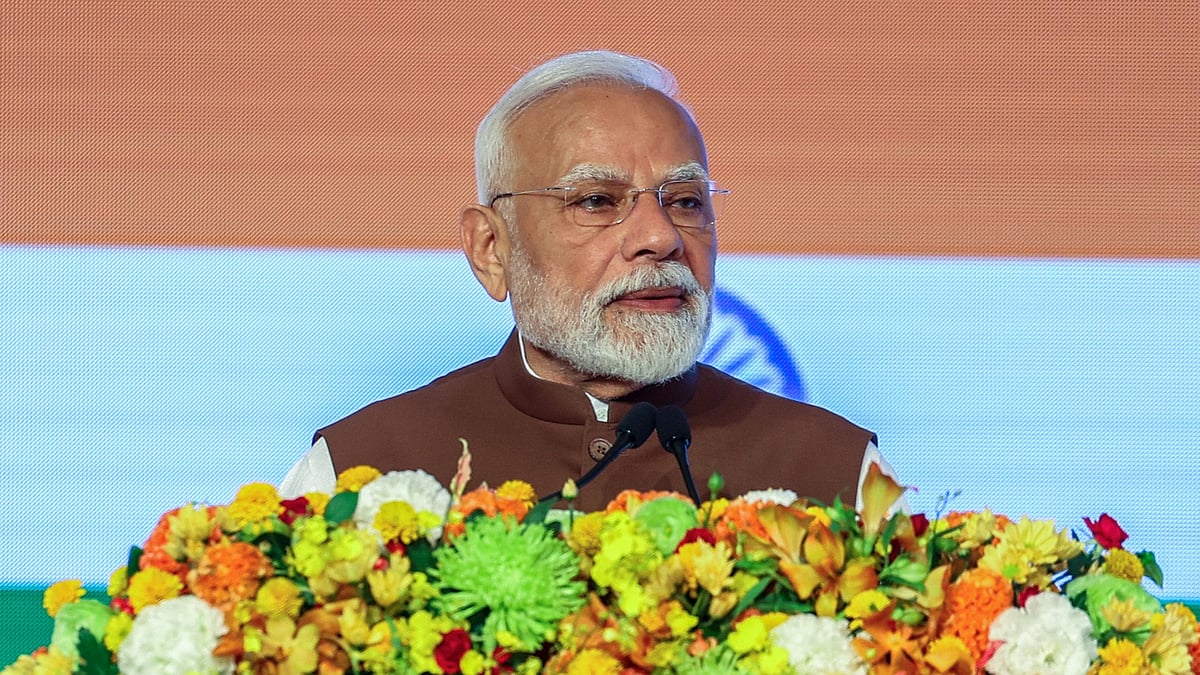Wednesday saw further losses on U.S. stock indexes, as drops in the energy, technology, and other sectors compounded Wall Street's losses one day after the market experienced its worst downturn in a month.
The S&P 500
The S&P 500 dropped 0.2 per cent after falling 2.1 per cent on Tuesday. The benchmark index of Wall Street 'S&P 500' opened at 5,506.68 points and went on to touch the day-high level of 5,552.99 points and the day-low 5,503.66 points on the US stock exchanges.

The Nasdaq Composite
The Nasdaq Composite decreased by 0.3 per cent. The tech-heavy index containing the magnificent seven also decreased, and the falling job openings on the us job market has fallen steadily over last month. The tech giants from the sector were the first to cut down jobs and hire fewer people.

The tech-heavy index was quick to react to the labour ministry's data; opening of the index commenced on a decling note at 17,015.71 points, a 0.70 per cent slide down from the previous closing at 17136.30.
Dow Jones Industrial Average
On the other hand, the Dow Jones Industrial Average recorded a 0.1 per cent increase. The marquee index dow manages to see the bright side of the labour department's statistics and managed to shutter in the green territory.

The Dow Jones Industrial Average opened at 40,872.06 points, touching the day high of 41,172.59 points. Displaying a good move of 0.73 per cent amounting to 300.53 points from opening to day-high level.
The labour ministry statistics
The most recent decline in the market coincided with a government report indicating that job openings in the United States unexpectedly declined in July, suggesting a slowdown in hiring in the months ahead.
According to data from the Labour Department, there were 7.7 million available jobs in July—the fewest since January 2021—down from 7.9 million in June. From almost 8.8 million in January of this year, openings have gradually decreased. Although hiring increased last month, the report's overall findings were conflicting.
Rate-cut expectation
Investors and the Federal Reserve closely monitor the employment market as a proxy for the health of the economy. At its meeting later in September, Wall Street expects the Fed to begin reducing its benchmark interest rate.











